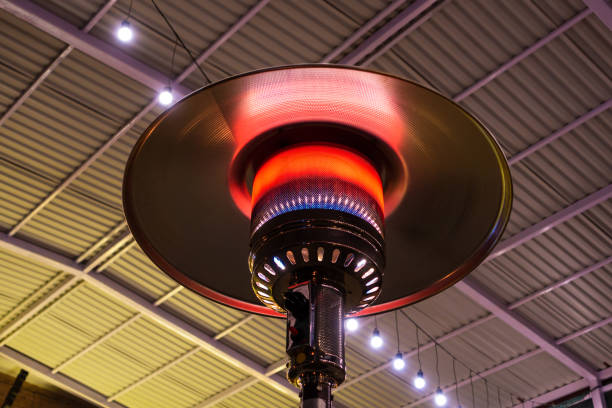Propane heaters have gained popularity as an efficient way to keep indoor spaces warm and cozy during the colder months. They offer several advantages but also come with safety considerations. In this article, we'll explore the use of propane heaters indoors, focusing on safety guidelines and the benefits they provide.
Understanding Propane Heaters
Before we dive into the details, let's get a grasp of what propane heaters are and how they work.
What is a Propane Heater?
A propane heater is a heating appliance that uses propane gas as its fuel source. It operates by burning propane to generate heat, which is then distributed to warm the surrounding area.
How Do Propane Heaters Work Indoors?
Propane heaters designed for indoor use are equipped with safety features. They usually have oxygen depletion sensors (ODS) that monitor oxygen levels in the room. If the oxygen level drops to a dangerous point, the heater automatically shuts off to prevent the buildup of carbon monoxide (CO) gas.
Safety First
When using propane heaters indoors, safety should be your top priority. Here are some essential safety guidelines:
1. Ventilation is Key
Propane heaters produce carbon monoxide, a colorless, odorless gas that can be harmful or even fatal when inhaled in large amounts. Ensure proper ventilation by opening windows or doors to allow fresh air to circulate. This helps to dissipate any CO gas that may be produced.
2. Invest in Carbon Monoxide Detectors
Install carbon monoxide detectors in the areas where you use propane heaters. These devices can alert you if CO levels become unsafe, giving you time to address the issue and evacuate if necessary.
3. Choose Certified Heaters
Opt for propane heaters that are certified for indoor use. These models meet safety standards and include ODS technology, providing an extra layer of protection.
4. Maintain a Safe Distance
Keep flammable materials, such as curtains, furniture, and paper, away from the heater. Propane heaters have open flames, and keeping combustibles at a safe distance reduces the risk of fire accidents.
5. Regular Maintenance
Regularly inspect and maintain your propane heater. Clean its components and check for signs of wear or damage. A well-maintained heater is safer and more efficient.
6. Follow Manufacturer's Instructions
Always follow the manufacturer's instructions for installation, usage, and maintenance. These guidelines are specific to your heater model and ensure safe operation.
The Benefits of Using Propane Heaters Indoors
Despite the safety precautions, propane heaters offer several benefits for indoor heating:
1. Energy Efficiency
Propane heaters are highly energy-efficient, providing a cost-effective way to heat your indoor spaces.
2. Portability
Propane heaters are portable, allowing you to move them to different areas of your home as needed.
3. Quick Heat
They provide instant heat, making them ideal for quickly warming up a room.
4. Reliable Backup Heating
Propane heaters can serve as a reliable backup heating source during power outages when electric heaters may not function.
In Conclusion
Propane heaters can be a safe and efficient choice for indoor heating when used responsibly. By following safety guidelines, installing carbon monoxide detectors, and selecting certified models, you can enjoy the warmth and comfort they provide during chilly seasons.
Remember that safety should always come first. Keep your propane heater well-maintained and be vigilant about ventilation to ensure a cozy and secure indoor environment.
Propane Heater | Propane for Heater

Comments
Post a Comment